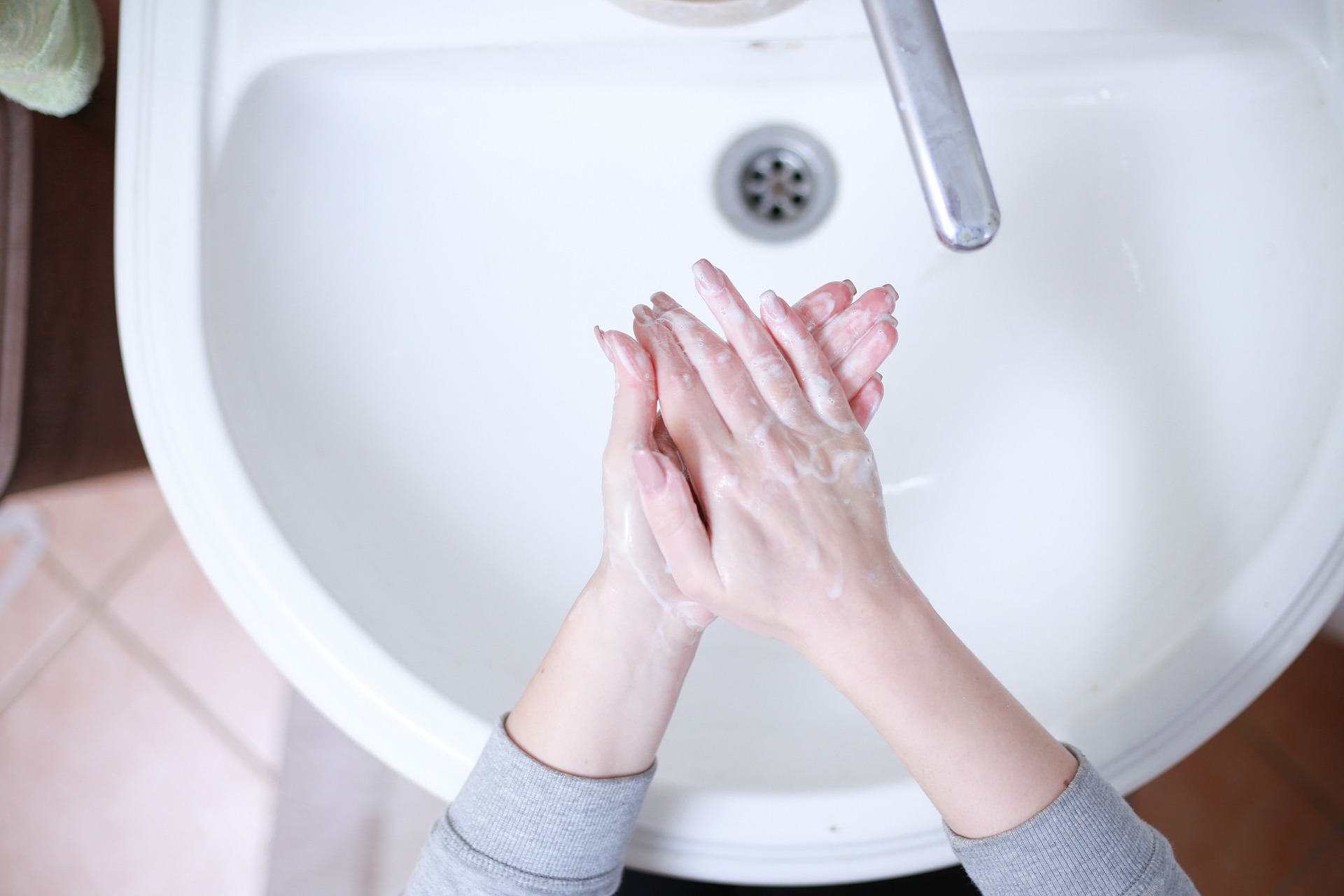How to Clean Caulk
Dec 23rd 2020

Does your bathtub look like it was outlined with a brown Sharpie? Is someone important coming to visit--a date or judgmental parent? Maybe your new year’s resolution is to be a little cleaner. Whatever the reason, it is time to clean the caulking. Here is what you should keep in mind as you tackle that job:
Assessment
The first step is to figure how far things have gone. Caulk rot is sort of like tooth decay: it may just require a polish job, or it may go to the root.
First wet an old toothbrush, give the caulk line a quick scrub and rinse. If you are seeing vertical lines (cracking) or if it seems that the mold is “behind” the caulk you have deep rot and need to remove the caulking. If not, you can probably just do a surface cleaning.
Getting it White
Before you break out the gloves and safety goggles consider a lighter approach. You can use either a small cup of vinegar or a paste of 1-part water to 1-part baking soda. Applied either of these to the caulking with an old toothbrush and scrub vigorously.
Do not mix the vinegar and the baking soda. Some people advise mixing the two because the chemical reaction is dramatic. But the objective is to get rid of mildew and crude, not make a cool science experiment. And combing these substances renders them both useless.
If this doesn’t work, you will want to move on to a cleaning produce that contains bleach or make you your own bleach solution.
First put on safety goggles and gloves. Then open a window for ventilation. The mixture should be ¼ cup of bleach to 1 gallon of water. Again, use the toothbrush and allow it to sit for about 10 minutes before you rinse and let it dry.
Removal
If you need to pull up the caulk, use a safety razor to lift the top and seams of the caulk line without chopping all the way into the sealant. The idea is to separate the sealant from surface bond without mincing up the material.
This way, the old caulk can be pulled out of the crack in chucks, and you won’t have to dig into the crevice with a putty knife to remove the old product.
Once all of the caulk is removed, scrape the rest of the old sealant off with the safety razor. The and scrub the area with the bleaching process describes above except using a course #4 steel wool that is not soap infused. Rinse and let it dry completely before adding a new sealant.
Silicone Depot
Mildewed caulk happens, but it doesn't have to ruin your bathroom. Silicone Depot has a hardy mildew-resistant sealant that will lengthen times between clean ups. Silicone is the preferred sealant for tubs and bathrooms because it resists cracking and can stand up to harsh scrubbing. So, give us a call!
